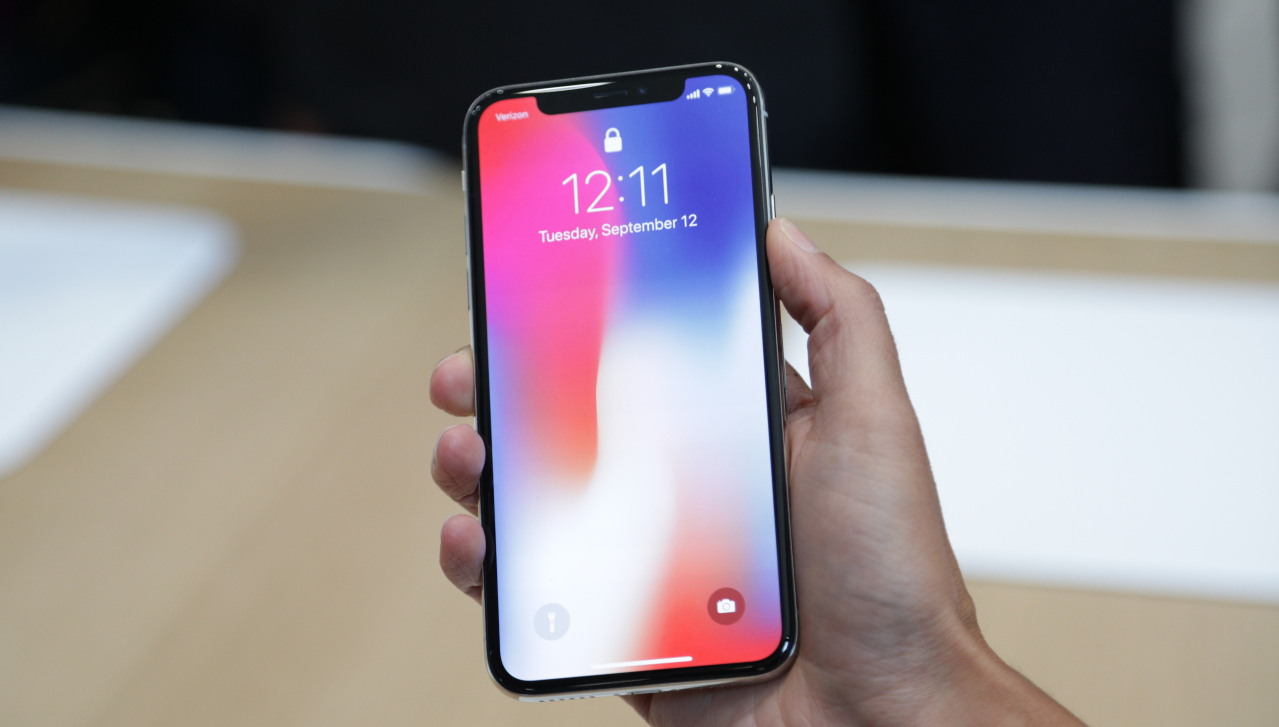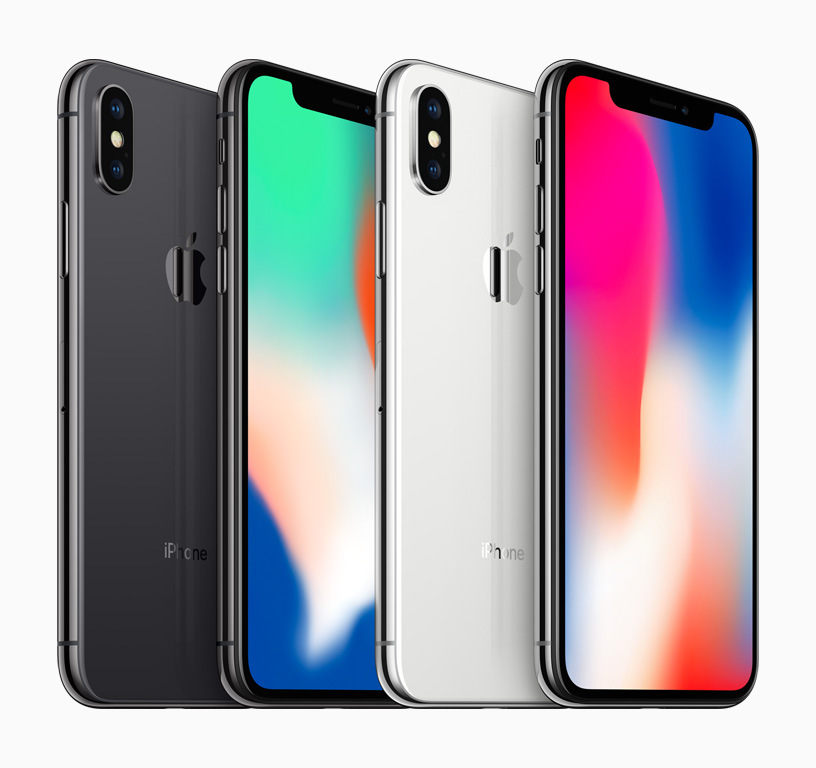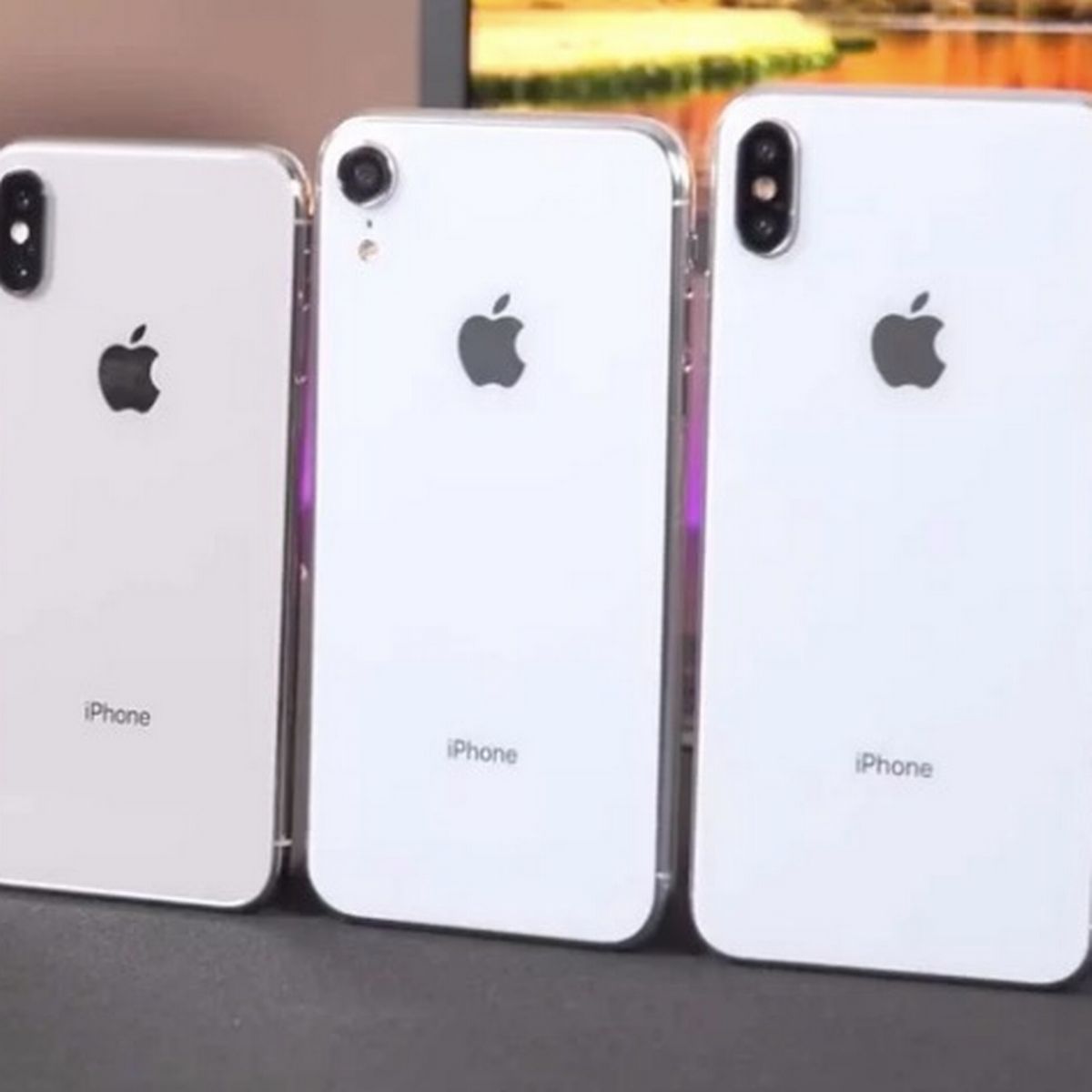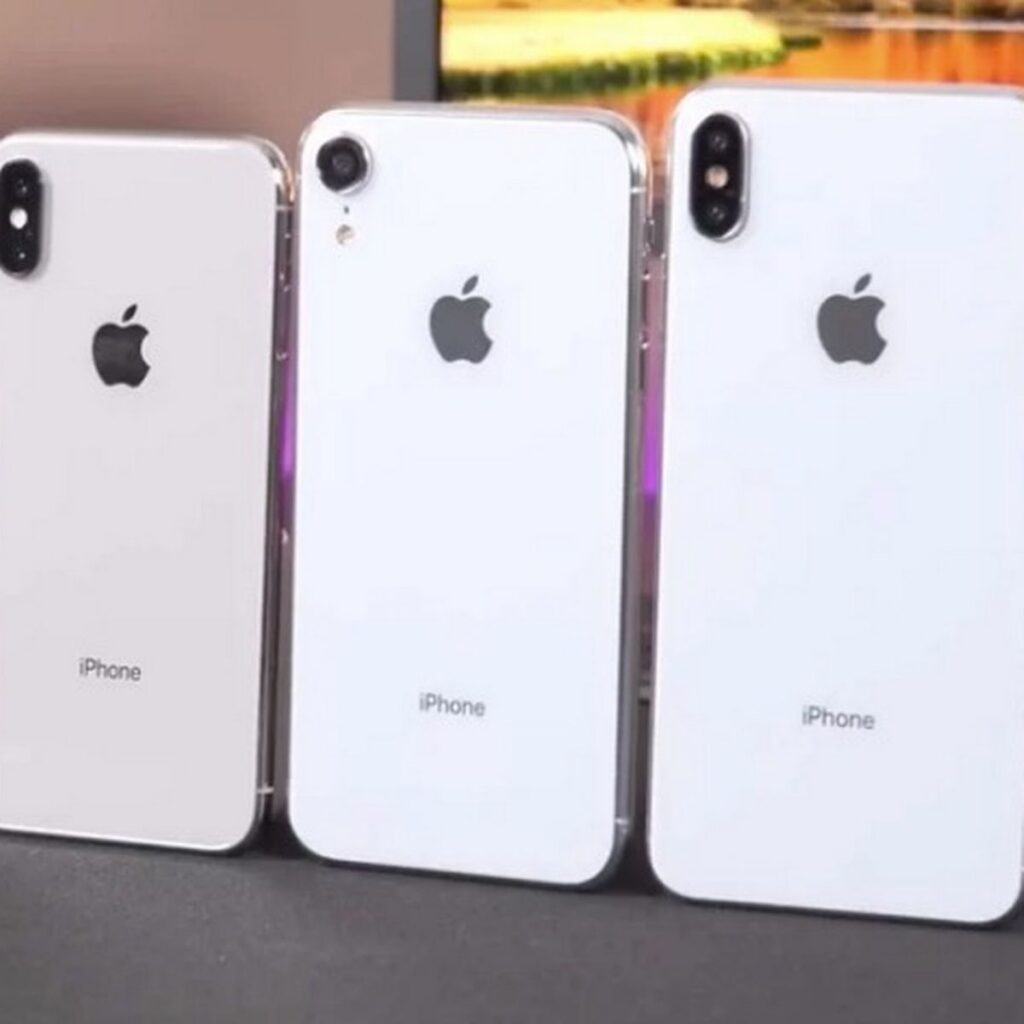Introduction

The iPhone X is the tenth-anniversary model of the iPhone, released by Apple on November 3, 2017. It features a new design with an edge-to-edge OLED display, a TrueDepth camera system for facial recognition, and a wireless charging feature.
Release Date
The iPhone X was released on November 3, 2017, in the United States and other major markets. It was available in two storage capacities: 64GB and 256GB.
Features of the iPhone X

The iPhone X boasts a range of cutting-edge features that redefine the smartphone experience. From its sleek design to its advanced Face ID technology, the iPhone X pushes the boundaries of mobile innovation.
Face ID
Face ID is a revolutionary biometric authentication system that replaces the traditional fingerprint scanner. It uses advanced facial recognition technology to unlock the iPhone X securely and conveniently. The TrueDepth camera system projects over 30,000 infrared dots onto the user’s face, creating a precise depth map. This map is then analyzed by the A11 Bionic chip to identify the user’s unique facial features. Face ID is not only more secure than Touch ID, but it is also more user-friendly, allowing users to unlock their iPhones with a simple glance.
Camera System
The iPhone X’s camera system has undergone significant advancements, offering users unparalleled photography and videography capabilities. The dual 12-megapixel rear cameras feature optical image stabilization, wide-angle and telephoto lenses, and a new Portrait Lighting mode. This mode allows users to simulate professional studio lighting effects, creating stunning portraits with a shallow depth of field. The front-facing camera has also been upgraded to a 7-megapixel TrueDepth camera, which supports Portrait mode and Face ID.
Design of the iPhone X

The iPhone X boasts a groundbreaking design that sets it apart from previous iPhone models. Its most striking feature is the edge-to-edge display, which extends almost to the very edges of the device.
This innovative design not only enhances the user experience but also makes the iPhone X one of the most visually stunning smartphones on the market. The use of premium materials, such as stainless steel and glass, further adds to its sleek and sophisticated appearance.
Edge-to-Edge Display
The edge-to-edge display of the iPhone X offers several advantages over traditional displays.
- Increased screen real estate: The edge-to-edge display provides more space for apps, videos, and other content, making it easier to multitask and enjoy immersive experiences.
- Improved viewing angles: The extended display allows for wider viewing angles, making it easier to see the screen from different positions.
- Enhanced durability: The edge-to-edge display is made from durable glass, which is less prone to scratches and cracks than traditional displays.
Premium Materials
The iPhone X is constructed from a combination of premium materials, including stainless steel and glass.
- Stainless steel frame: The stainless steel frame provides structural integrity and durability, while also giving the iPhone X a sleek and sophisticated look.
- Glass back: The glass back allows for wireless charging and adds to the overall premium aesthetic of the device.
Reception and Impact
Upon its release, the iPhone X garnered widespread attention and acclaim for its innovative design and cutting-edge features. It was hailed as a significant advancement in smartphone technology, setting new standards for the industry.
The iPhone X’s impact on the smartphone industry was profound. Its introduction of the notch design, Face ID, and OLED display influenced the design and development of subsequent smartphones. Many manufacturers adopted similar design elements and features in their own devices, contributing to the standardization of certain aspects of smartphone design.
Notable Reviews and Accolades
- The Verge: “The iPhone X is the most significant iPhone since the original.”
- Engadget: “The iPhone X is a glimpse into the future of smartphones.”
- CNET: “The iPhone X is the best smartphone you can buy.”
Legacy of the iPhone X
The iPhone X, released in 2017, marked a significant turning point in Apple’s smartphone design and functionality. Its innovative features and sleek design have had a lasting impact on the company’s product line and the smartphone market as a whole.
The iPhone X introduced several groundbreaking features, including Face ID facial recognition technology, an edge-to-edge OLED display, and a powerful A11 Bionic chip. These features set a new standard for smartphone capabilities and have since become industry norms. The iPhone X also popularized the “notch” design, which has been adopted by many other smartphone manufacturers.
The iPhone X’s impact on Apple’s product line has been profound. Subsequent iPhone models have largely followed the design and feature set established by the iPhone X, with incremental improvements and refinements. For example, the iPhone XS and iPhone 11 Pro introduced triple-lens camera systems, while the iPhone 12 and iPhone 13 featured 5G connectivity and improved camera capabilities.
Beyond Apple’s own product line, the iPhone X has also had a significant impact on the smartphone market. Its innovative features and design have raised the bar for smartphone manufacturers, forcing them to innovate and improve their own products. The iPhone X’s success has also helped to establish Apple as a leader in the smartphone industry, and its influence continues to be felt today.
iPhone X’s Impact on Smartphone Design
The iPhone X’s edge-to-edge OLED display and notch design have been widely imitated by other smartphone manufacturers. This design trend has resulted in a more immersive and seamless user experience, as well as a reduction in the size of smartphone bezels.
iPhone X’s Impact on Smartphone Features
The iPhone X’s Face ID facial recognition technology has become a standard feature on many high-end smartphones. This technology provides a more secure and convenient way to unlock a device and authenticate payments. The iPhone X’s A11 Bionic chip also set a new standard for smartphone performance, and its successors have continued to improve upon this performance.
iPhone X’s Impact on the Smartphone Market
The iPhone X’s success has helped to establish Apple as a leader in the smartphone industry. Its innovative features and design have raised the bar for smartphone manufacturers, and its influence continues to be felt today. The iPhone X has also helped to popularize new smartphone trends, such as the use of edge-to-edge displays and facial recognition technology.
Answers to Common Questions
When was the iPhone X released?
September 12, 2017
What was the significance of the Face ID technology in the iPhone X?
Face ID introduced a secure and convenient facial recognition system, replacing the traditional fingerprint scanner.
How did the iPhone X’s design impact the smartphone industry?
The edge-to-edge display and notch design became widely adopted by other smartphone manufacturers.







